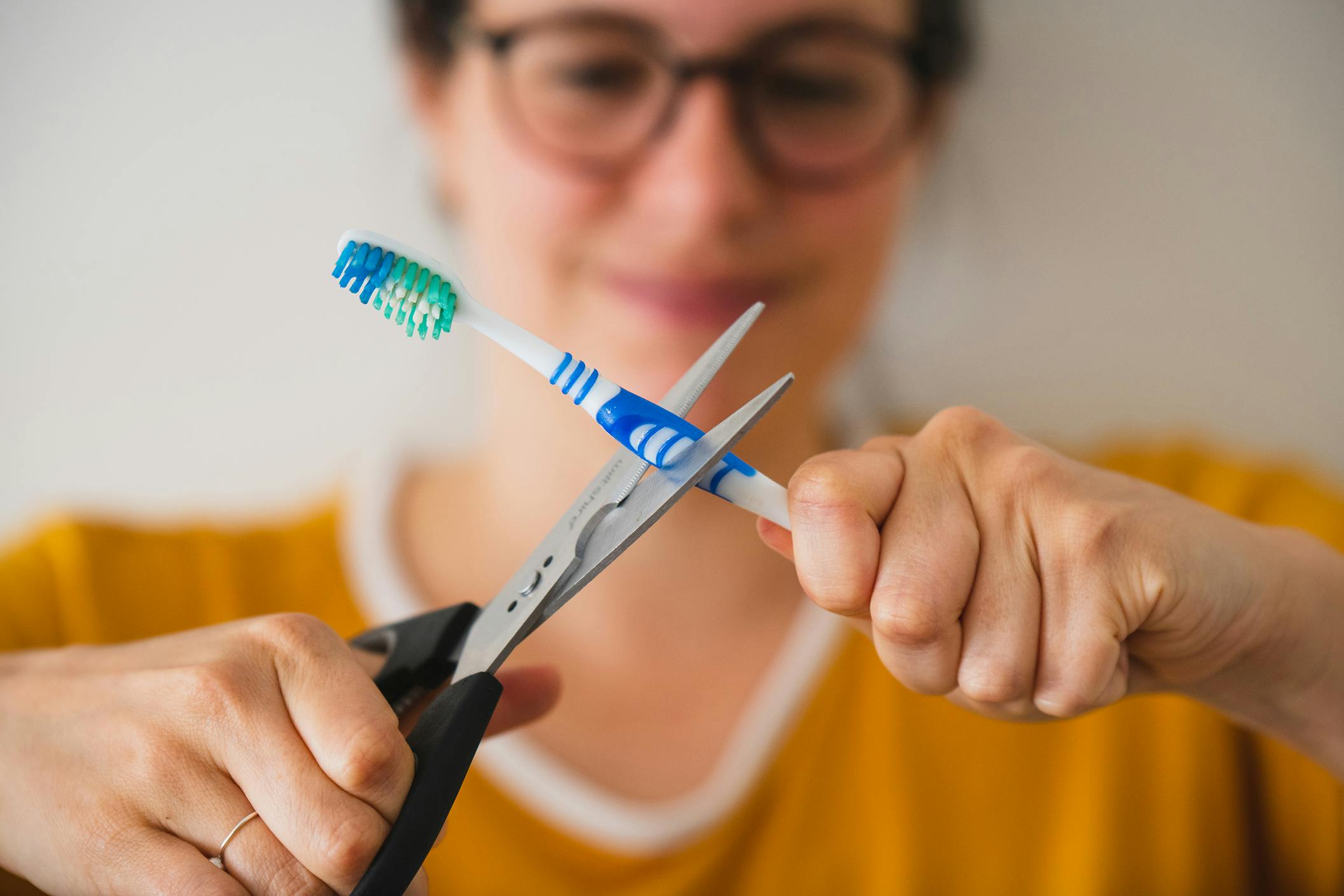Though gram-counting can seem pedantic, getting into the mindset of an ultralight tramper can shave kilograms off your pack weight.
I’ve often scoffed at those who measure out their calories and cut their toiletries in half, but nobody can deny that pack weight is accumulative. If you’re looking to tramp lighter, upgrading gear is the easiest way to lose weight fast, but there is still plenty to gain by consulting the kitchen scales.
Packing down
How often do we lament in packing too much, when our pack is the heaviest item on our back? Ultralight packs drop the literage and may sacrifice comfort, durability and features, but a compromise will shave serious weight. I tend to pack a lot, but in order to go lightweight that habit needs to die, and thus my 2.46kg Osprey Aether 85l pack has to go. In its place, a Gossamer Gear Gorilla 50 would save me 1.57kg.
Light as rain
Going ultralight isn’t as simple as finding the lightest option available – especially considering New Zealand conditions where featherlight layers might not cut it. With that in mind, I would ditch the dependable and iconic Earth Sea Sky Hydrophobia (750g) for the well-rounded Patagonia Torrentshell 3L. Total weight savings? 356g.
Substantial shelter savings
My biggest priority when purchasing a tent was versatility. I wanted to carry something light, but be comfortable enough to enjoy on car-camping trips. After much deliberation, I chose the Nemo Dagger 3P. At 1.7kg, nobody would call it ultralight, but split between two trampers, it’s not bad. Ultralight alternatives don’t offer the same versatility and the weight-shavings tend to reduce interior living space and fabric durability. That said, for the sake of the exercise, I would opt for the 771g Big Agnes Tiger Wall 2, to save me 929g of backache.
Sleeker sleep systems
An ultralight mindset is all about maximising efficiency and utilising gear for multiple purposes. This means ditching my plush 180g Exped Deepsleep Pillow in favour of a rolled-up down jacket and opting for a quilt and sleeping pad combo. By opting for the Therm-a-Rest NeoAir Uberlite mattress, instead of my Sea to Summit pad, I can shave a further 250g from my sleep system. Combined with my 482g Therm-a-Rest Vesper quilt, I’d have a decent sub-kilogram summer setup, and save 464g.
Sweating for the small stuff
Every gram-counting ultralight tramper will tell you the same thing – it all adds up. For me, this is where it gets interesting; how much weight can be saved by small items alone?
Let’s start with my 1l Nalgene drink bottle. It’s BPA-free and endlessly reusable, but it’s also 145g heavier than a 1l soda bottle – that’s a no-brainer. By trading a few lumens for weight, I could shave 51g off of my headlamp by opting for a Petzl Bindi, and by using the Ocean Signal RescueMe PLB, I’d drop 28g from my PLB. In addition to a pack liner, I tend to carry two Macpac Ultralight Dry Bags for organisation – one for clothes and one for food. By choosing plastic – or, no bags at all – I could save close to 120g. Building a DIY aluminium can stove would save around 70g and by trading my thick woollen beanie for a Macpac Merino 150 beanie, I’d cut 80g. If I only take my car key – instead of the lanyard, key chain and extra keys – there is another 65g, gone.
In no time at all, trading out a few seemingly lightweight items has saved me more than half a kilogram. Combined with the above essentials, I’ve dropped a hypothetical 3.78kg – and I haven’t even had to cut my toothbrush in half.








